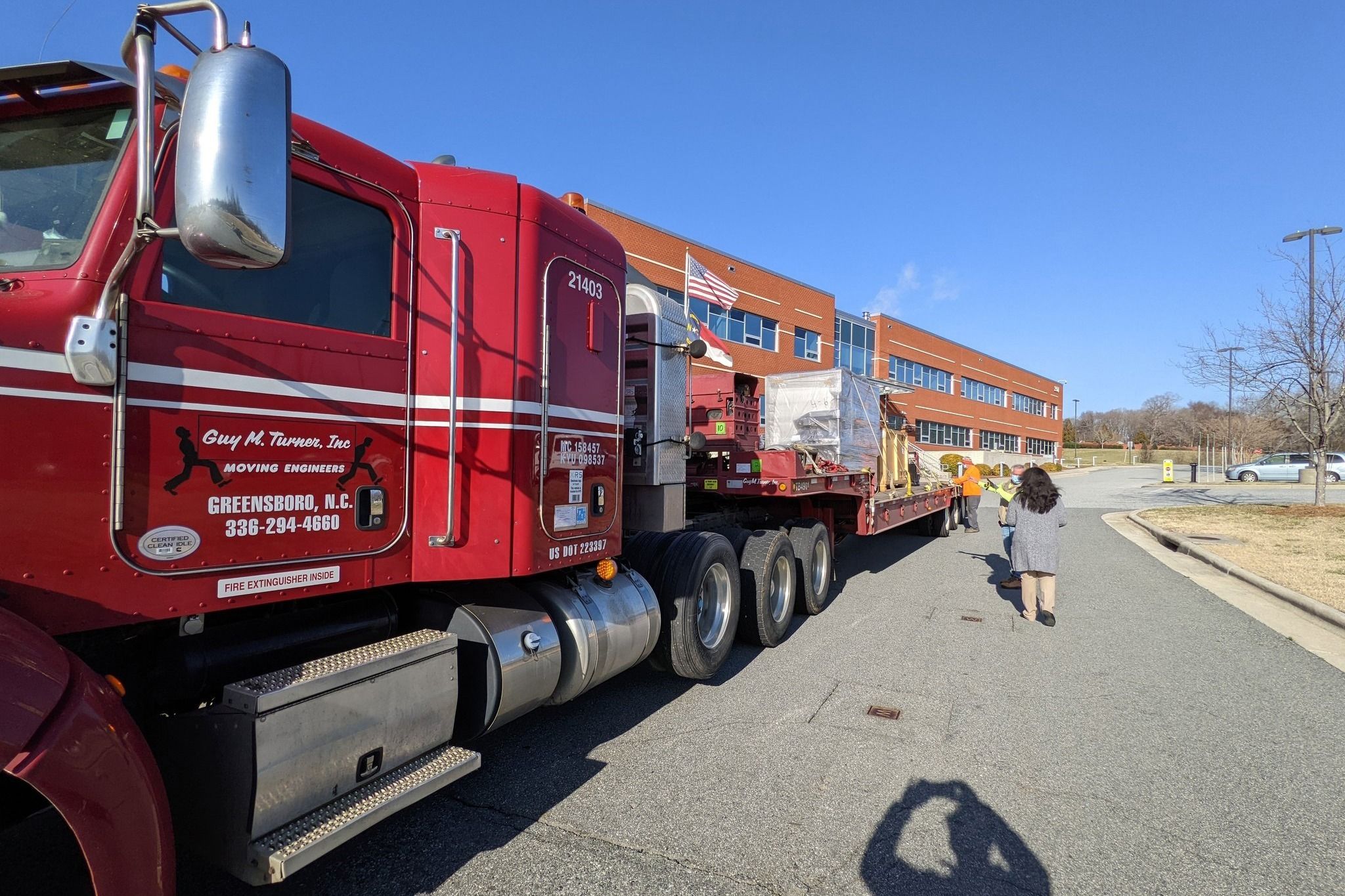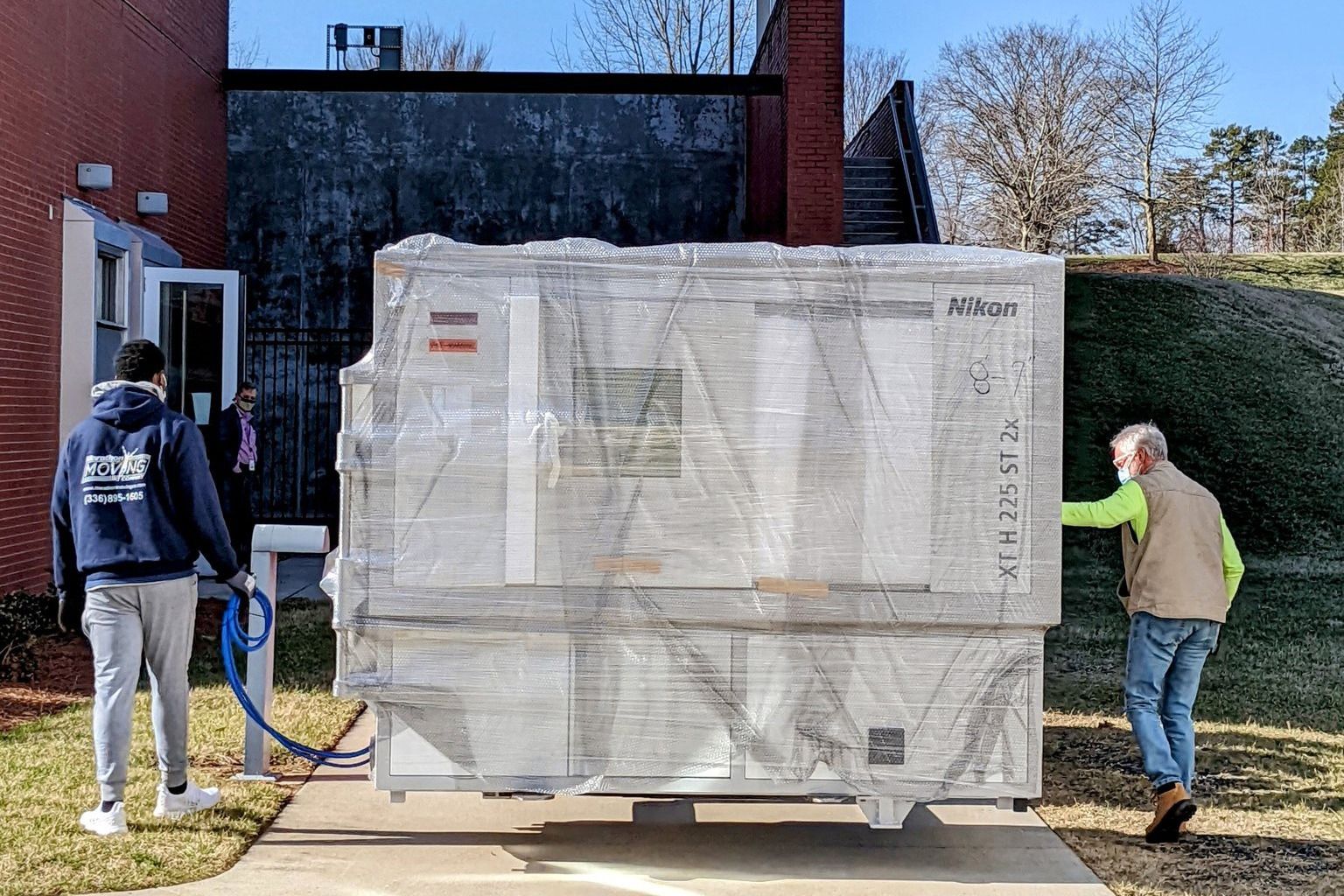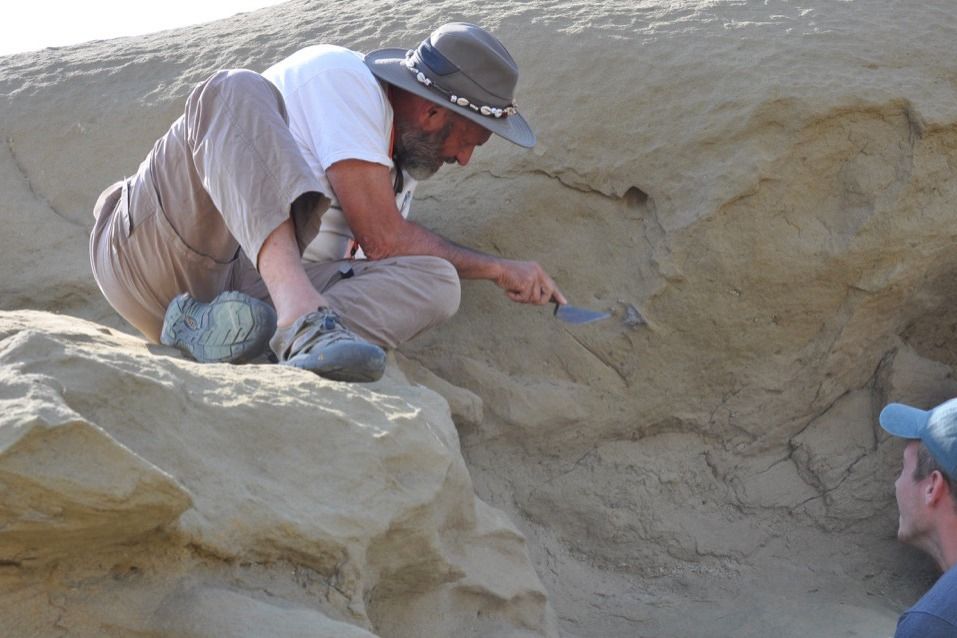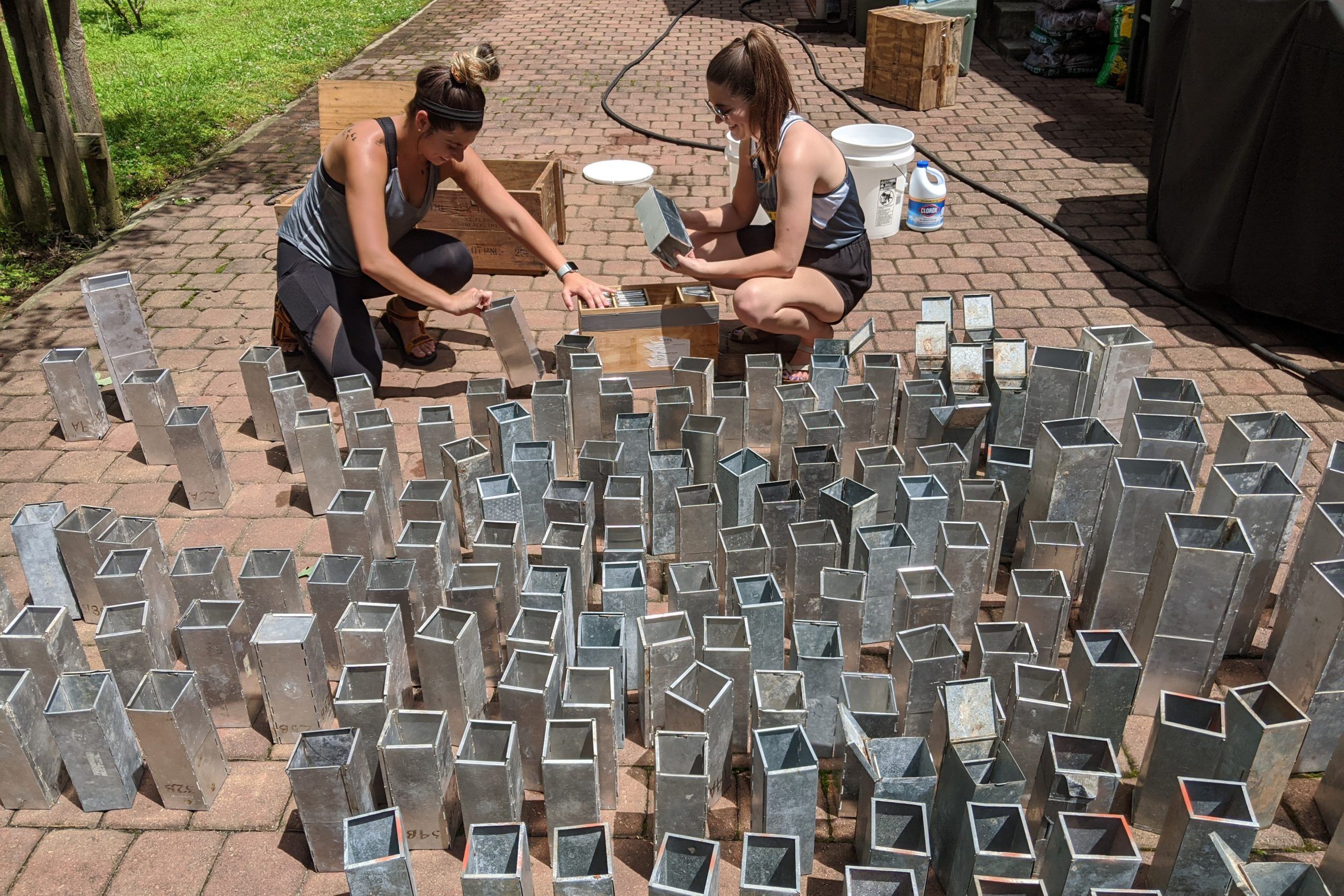Micro-CT Insights
Paleontologist and biologist explore how mammals change over time
For the last few years, vertebrate paleontologist Robert Anemone would take fossils he was studying, drive more than an hour to Duke University, and pay $120 per hour for time on a micro-CT scanner.
Computerized tomography scanners, long used in medicine, have become a standard research tool for paleontologists and other scientists interested in the anatomical structure of plants and animals.
“It really has revolutionized paleontology,” Dr. Anemone says.
A CT scanner works by taking thousands of x-rays of a fossil or bone sample at different angles. A computer knits together those images to create a precise, three-dimensional rendering.
That enables scientists like Anemone to precisely visualize, measure, and analyze skeletal structures. Sometimes, Anemone says, he doesn’t even have to separate the fossil from the rock it’s preserved within.
But driving to Duke ate up precious time and research funds.
Now, thanks to a $642,892 major instrumentation grant from the National Science Foundation, Anemone only has to drive from the UNCG main campus to the Joint School of Nanoscience and Nanotechnology, where he and other researchers have access to their own micro-CT scanner.
It was installed in March 2022. Anemone, JSNN’s Obare, and biology faculty member Bryan McLean led the grant effort, which was successful in part due to its multidisciplinary focus.
Tools of the Trade
What do 55-million-year-old fossils, shrews with shrinking skulls, studies on Alzheimer’s and exercise’s impacts on the human brain, and tiny tech for a less toxic world have in common? The cutting-edge new tools driving discovery at UNCG.
“We’ve got the same machine they have at Duke University, just a much newer model,” Anemone says. “It’s been great for us, for our students. We’ve trained some of our students already in biology and anthropology to use the scanner here.”
The machine is helping UNCG graduate students and faculty dig into important research questions and shed light on how animals interact with their environment, and how changes in their environment – whether across the change of seasons or over millions of years – affect animals.
By measuring different parts of a skeleton or analyzing marks left on bones and fossils, scientists can glean insights into the animal and the environment it lived in. How much and what kind of food was available? How did the animal move? How big was its brain?
By examining changes in animal morphology over millions of years and comparing those to other data about that time period, Anemone can learn how changes in the environment – such as climate change – affected animal species.
For example, around 55 million years ago, a period of warming birthed the earliest primates, with fossils found in Europe, Asia, and the North American Rocky Mountains. But then the climate cooled again and primates disappeared. “You don’t find primates in the Rockies after 35 million years ago or so – they’re pretty much gone,” Anemone says. “Global climate change is a dangerous thing – it leads to extinction and all sorts of unpredictable changes in biological communities.”
Much of Anemone’s fieldwork is conducted in the Great Divide Basin of Wyoming. It was there, in 2017, that his team found the most complete skull seen thus far of Esthonyx, a 55 million-year-old mammal similar to modern deer. “Most of the time we find isolated teeth. An entire skull is a trove of information – brain size, nasal cavity, ear structure – giving us information on diet, how they balanced and moved, and more.”
Dr. Bryan McLean, the biologist, is interested in both evolutionary changes in mammals over long time periods, as well as short-term changes in individuals from one season to another.
He’s studied how rodents around the world adapt in both similar and different ways to underground environments, including how their bodies change to allow them to dig. Some species use their forelimbs, some their hindlimbs, others make more use of their mouths.
“We’re interested in the nuance that goes along with that,” he says. “The extent to which there’s trade-offs – the forelimb becomes enlarged, the other limbs aren’t.”
By studying the animals’ anatomy, he hopes to gain insights into how the environment can shape evolution.
He’s also interested in how short-term variations, such as changes in food availability and the weather, can prompt physiological changes – specifically, ones he can track through changes in anatomy.
Now, he and his students are measuring the skulls of Sorex shrews – a group of animals that includes dozens of species and subspecies in Europe, Asia, and North America. Research has shown that one European species will reabsorb part of its brain matter – resulting in smaller skulls – when food supplies shrink.
“We have more species in this one genus, Sorex, than exist in Europe, but the phenomenon has never been shown here,” McLean says.
So, McLean and his students go to the western part of the state each season to trap shrews and bring them back to Greensboro for analysis. The micro-CT scanner allows them to create precise, detailed images of the animals’ anatomy.
“We are basically going to do some measurements on the size and shape and look at the brain volume.”
Using a CT scanner means McLean and his students don’t have to clean, preserve and then measure individual skeletons – something that could take years.
Many CT scanners, he says, are booked, and it can become nearly impossible for students to get access to one off campus.
“It’s rapidly speeding up what we could do.”
Below, undergrad Leo Ivey and McLean gather data on shrew size, shape, and brain volume.
“This might seem counterintuitive,” Ivey says. “You would think you want to preserve your brain at all costs. But for the organisms that this primarily affects – shrews and weasels – all you really need to do during the winter is sleep and eat.”














